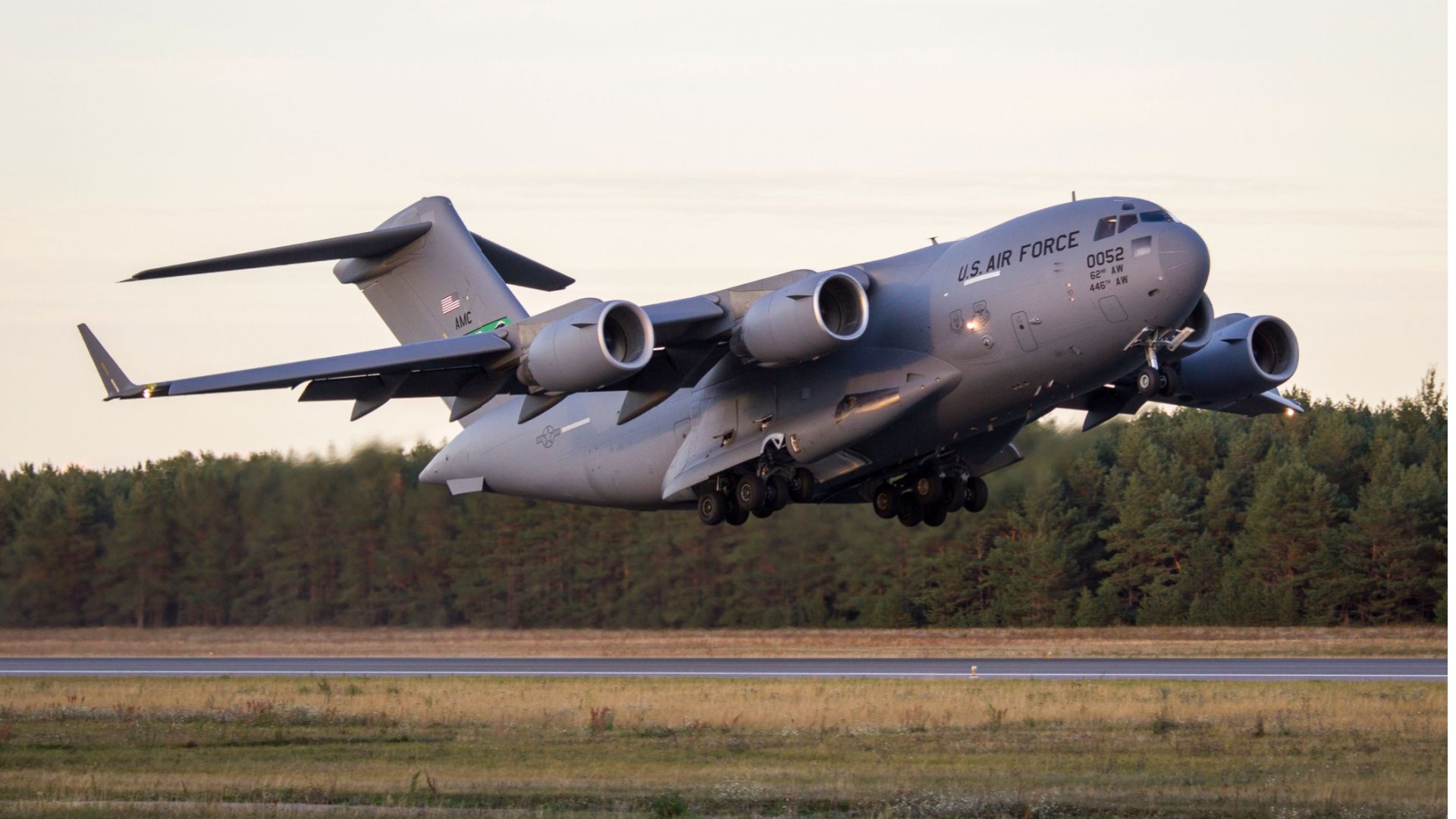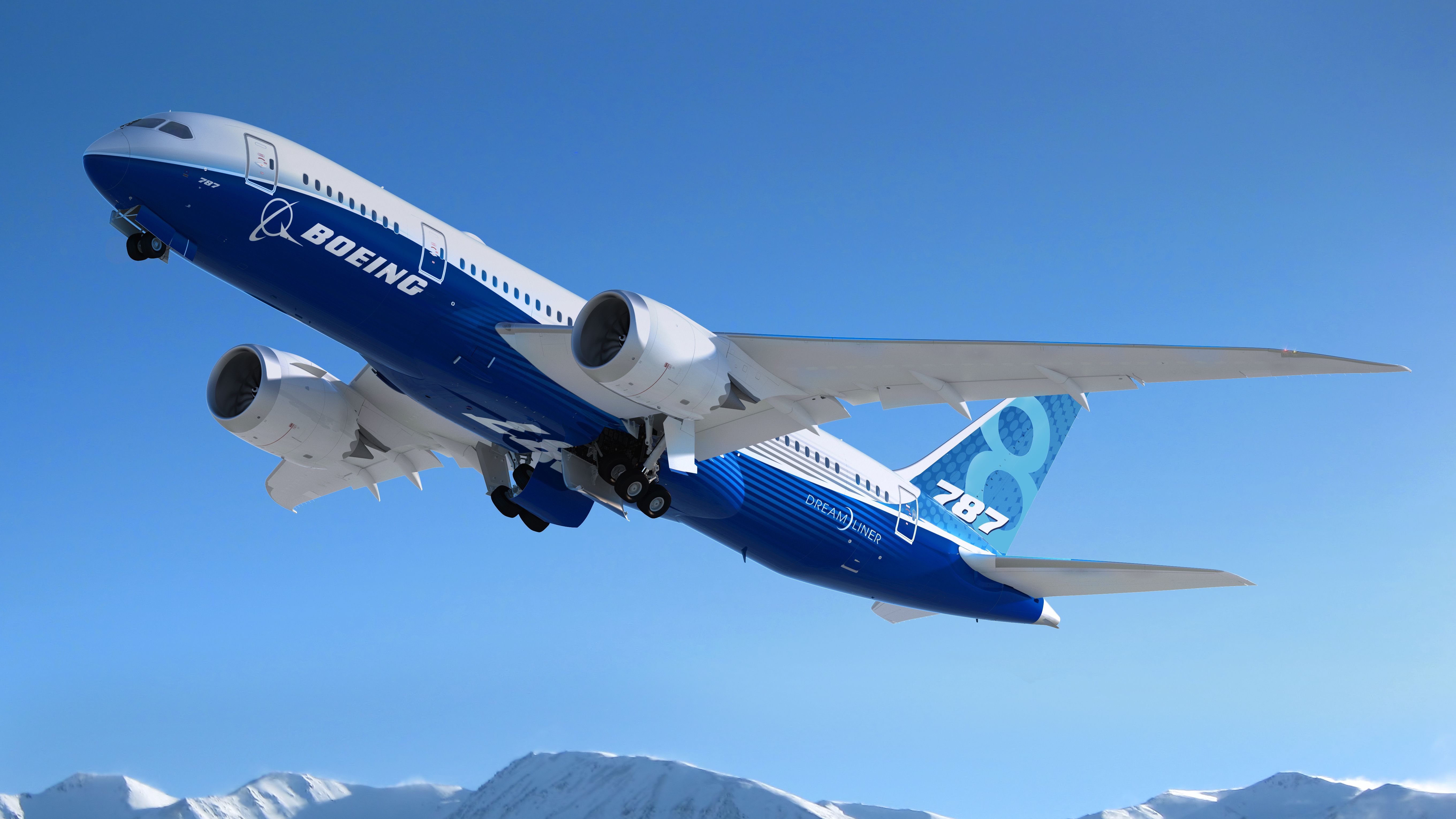Summary
- A Boeing C-17 Globemaster is transporting asteroid samples to NASA’s Johnson Space Center, providing insights into the early Solar System.
- The C-17, introduced 28 years ago, still proves to be a valuable asset for international missions due to its large payload capacity.
- The samples collected by the OSIRIS-REx spacecraft have been safely delivered to Earth, allowing scientists to analyze them and uncover secrets about our solar system.
Today, a Boeing C-17 Globemaster is being tasked with flying asteroid samples to NASA’s Johnson Space Center in Houston. The space agency hopes that this collection will provide intriguing details about the early period of the Solar System.
Back down to Earth
The C-17 is one of the largest military transports in the world. The aircraft has a maximum payload of 170,900 pounds, the equivalent of 77.5 metric tons, making it perfect for a range of missions. The type was introduced 28 years ago, in January 1995, but it’s still a valuable asset concerning international motives.
The capsule of samples that the C-17 is transporting to NASA’s facilities was initially collected by the OSIRIS-REx spacecraft following a seven-year mission. The spacecraft initially arrived at Bennu in December 2018 before searching for samples until 2020, when it started collecting. OSIRIS-RE then began its return to Earth in May 2021.
After a 6.4 billion km (4 billion mi) trip, the OSIRIS-REx spacecraft released its sample. Notably, the vessel was 102,000 km (63,000 mi) from Earth’s surface during the release. This distance is approximately a third of that from our planet to the Moon.
With material taken from the 4.5 billion-year-old asteroid, the jettisoned capsule landed safely in the Utah desert on early Sunday morning – at 08:52 local time to be precise.
Plenty to uncover
Dante Lauretta, principal investigator for OSIRIS-REx at the University of Arizona in Tucson, shared the following about the achievement:
“Today marks an extraordinary milestone not just for the OSIRIS-REx team but for science as a whole. Successfully delivering samples from Bennu to Earth is a triumph of collaborative ingenuity and a testament to what we can accomplish when we unite with a common purpose. But let’s not forget – while this may feel like the end of an incredible chapter, it’s truly just the beginning of another,
“We now have the unprecedented opportunity to analyze these samples and delve deeper into the secrets of our solar system.”
Globemaster adventures
The C-17 is holding an estimated 250 g (8.8 oz.) sample, which is pretty lightweight in comparison to some of the payloads it’s used to. Following arrival in Houston, scientists will dissemble the unopened canister and create an inventory of the rocks and dust. Altogether, the samples will be curated for personnel across the globe to analyze in the coming years.
Despite its age, the C-17 type remains an integral entity across the continents, with nine air forces utilizing the type. Thanks to its maneuverability, size, and versatility, it has found itself in an array of unique missions.
NASA has long relied on the United States Air Force’s C-17 aircraft. For instance, in 2021, the group loaded hardware of the Surface Water and Ocean Topography (SWOT) mission into a unit to be transported to France for cleaning. SWOT’s ‘scientific heart’ was then shipped back for launch to conduct global surveys of surface water.
Last year, a C-17 transported the Psyche spacecraft across the US before it went under preparations in hopes of eventually being launched by SpaceX. However, the program has been met with a series of delays.
The unit picking up the Bennu capsule appears to be registration 99-0169, which was delivered to the US Air Force in November 2000.
This example is just one of 222 units in the force’s fleet, highlighting the plane’s reliability in important missions. We can expect plenty more action from the type this decade.
NASA is not shy about experimenting with different aircraft types. From small Gulfstream aircraft to large Boeing 747 jumbo jets, the group has seen it all.
What are your thoughts about the return of asteroid Bennu’s samples? What do you make of the overall journey and the C-17’s role? Let us know what you think in the comment section.
Source: NASA


